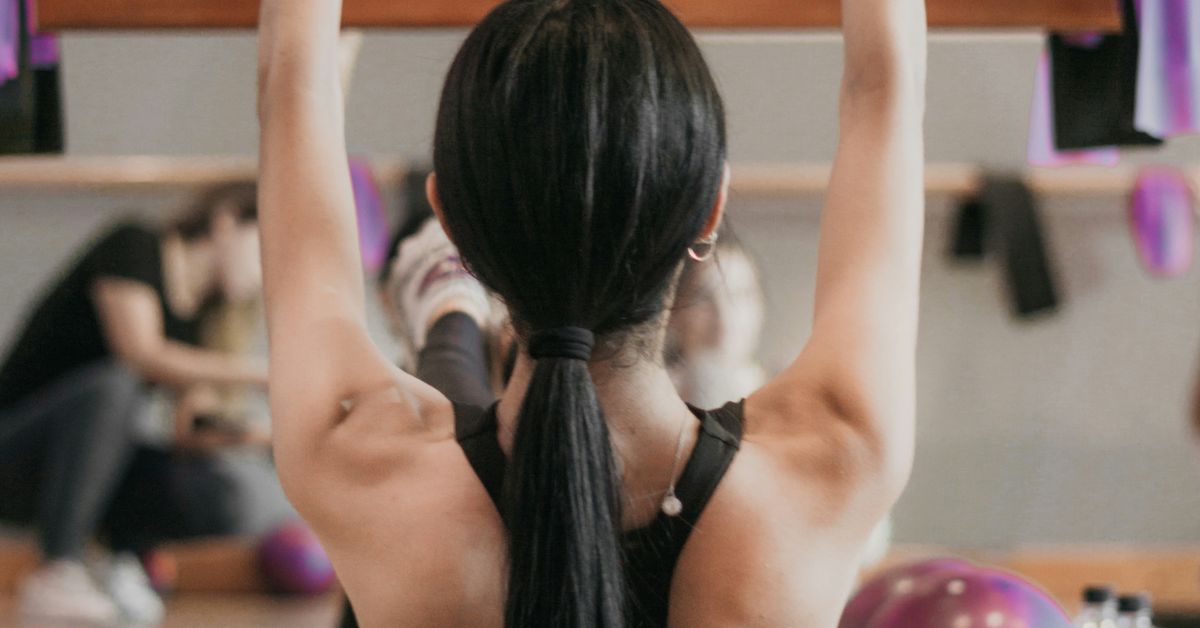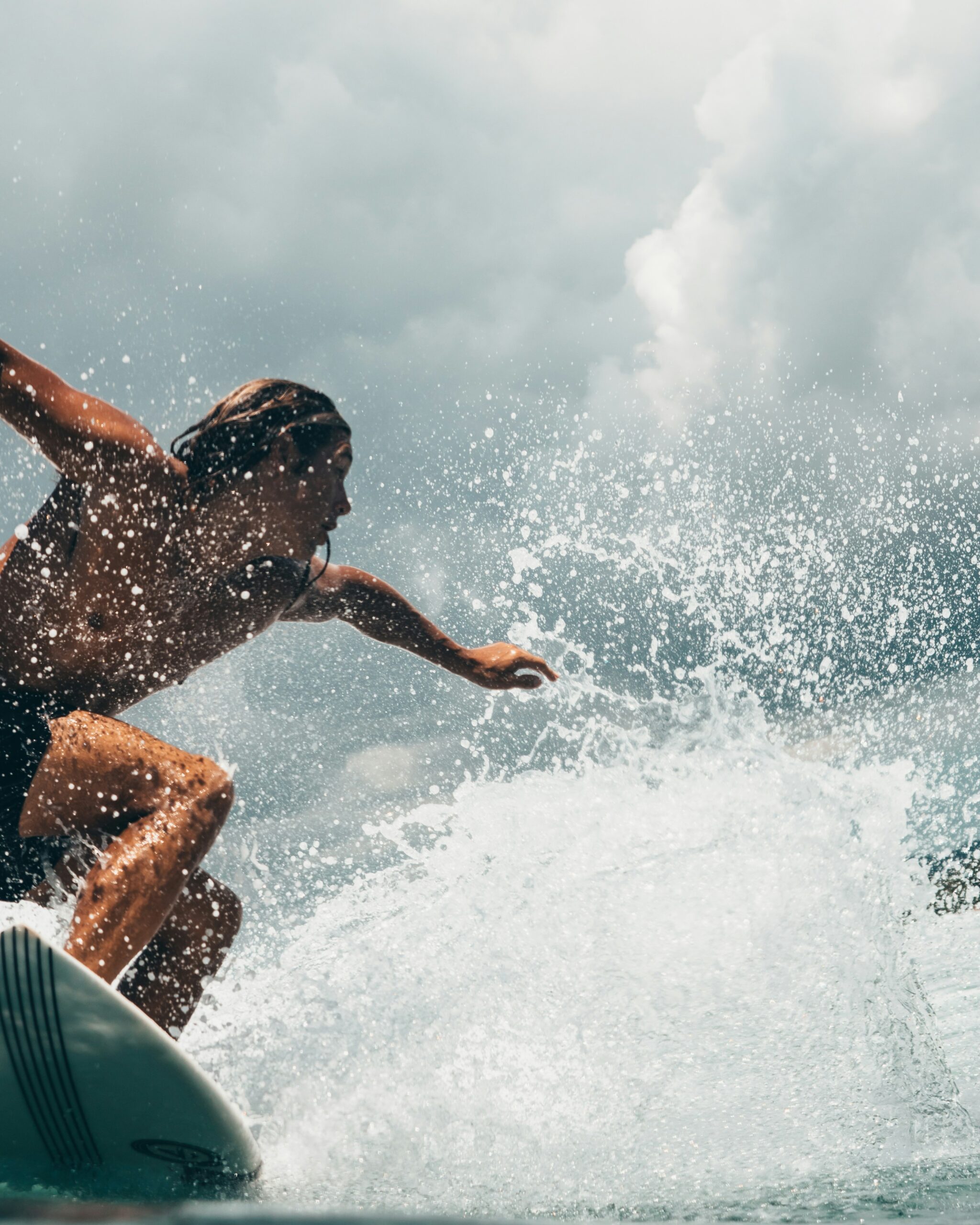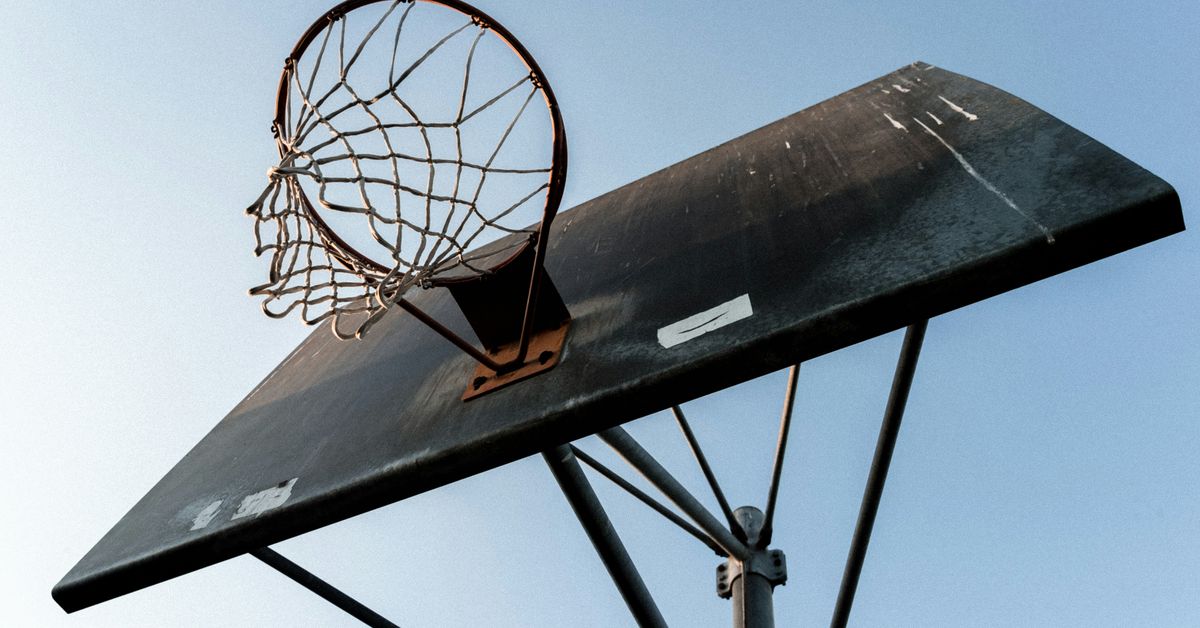The Proven Techniques Top Athletes Use to Enhance Mental Resilience
In the world of sports, physical prowess is only half the battle. The other half? Mental resilience. It’s that intangible quality that separates the good from the great, the champions from the challengers. Athletes often face not just physical exhaustion but psychological hurdles that can derail even the most talented individuals. So, how do these elite competitors cultivate a mental toughness that seems almost superhuman? Buckle up, because we’re about to delve into the proven techniques that top athletes use to enhance their mental resilience.
The Power of Visualization
Visualization has become something of a buzzword in sports psychology—and for good reason. Many top athletes, from Olympic gold medalists to NFL superstars, swear by the technique of mental imagery. It’s not merely daydreaming about winning; it’s a structured practice that involves vividly imagining every detail of an event, from the sounds of the crowd to the feel of the equipment in their hands.
I remember reading about Michael Phelps, the legendary swimmer who is often cited as one of the greatest athletes of all time. Phelps would mentally rehearse his races before stepping up to the blocks. He visualized every stroke and turn, even the feeling of overcoming obstacles during the race. This technique not only calmed his nerves but also created a mental blueprint that he could follow. As he famously said, “You can’t put a limit on anything. The more you dream, the further you get.”
How Visualization Works
Research suggests that visualization engages the same neural pathways that actual physical performance does. In other words, when athletes visualize a perfect performance, their brain essentially “practices” the movements, improving muscle memory and confidence. This is particularly useful when preparing for high-pressure situations, where anxiety can easily derail performance.
Mindfulness and Meditation
Next up on our mental resilience toolkit is mindfulness and meditation. You might be surprised to learn that some of the most physically demanding sports, like mixed martial arts or heavyweight boxing, are also home to a surprising number of practitioners of meditation. Athletes such as LeBron James and Novak Djokovic have openly discussed how mindfulness has become a vital part of their training regimen.
Mindfulness, at its core, is about being present in the moment. It helps athletes focus on the task at hand, rather than getting lost in the noise of expectations or past failures. I once had a chat with a sports psychologist who pointed out that athletes often fall into the trap of “what if” thinking—what if I fail, what if I don’t perform well? Mindfulness helps mitigate these fears. Through regular practice, athletes learn to acknowledge their thoughts without judgment, allowing them to maintain composure under pressure.
The Science Behind Mindfulness
Scientific studies have shown that mindfulness can lower levels of cortisol, the body’s stress hormone, and improve focus. It’s fascinating to think that something as simple as breath control could lead to better performance on the field or court. Moreover, mindfulness fosters a greater sense of self-awareness, enabling athletes to recognize their emotional triggers and respond to them more effectively.
Building a Strong Support Network
It’s easy to think that the life of a top athlete is one of solitary dedication, but in reality, successful athletes thrive on the support of a robust network. This includes coaches, family, teammates, and even sports psychologists. The importance of having a reliable support system cannot be overstated. Just ask Serena Williams, who has credited her sister Venus, as well as her close friends, for helping her navigate the ups and downs of professional tennis.
Having people to lean on during tough times can significantly impact an athlete’s mental resilience. As I’ve often seen in my years of covering sports, those who surround themselves with positivity and encouragement tend to perform better, not just in their sport but in life too.
How to Cultivate Your Support System
Building a support network doesn’t happen overnight. It requires vulnerability and open communication. Athletes can cultivate this environment by:
- Being proactive in seeking out mentors.
- Engaging in team-building activities with teammates.
- Regularly communicating with coaches about mental and emotional needs.
- Being open to feedback and constructive criticism.
Setting Realistic Goals
While dreaming big is essential, setting realistic and attainable goals is equally critical for mental resilience. Athletes often create a hierarchy of goals that range from long-term aspirations to short-term objectives. This approach allows them to celebrate small victories along the way, which boosts motivation and confidence.
Take the example of world-class marathoners. They don’t just wake up one day and decide to run a sub-two-hour marathon. Instead, they break their training down into manageable segments—focusing on improving their pace, strength training, recovery, and nutrition. Each of these smaller goals contributes to the overarching dream. And let’s face it, who doesn’t feel a rush of satisfaction after checking something off their to-do list?
The Importance of Flexibility in Goal-Setting
It’s worth noting that flexibility is key in goal-setting. Injuries, unexpected setbacks, or even changes in motivation can occur. Athletes who can adapt their goals tend to bounce back more quickly from adversity. Remember, it’s not just about the destination; it’s also about how you navigate the journey.
Embracing Failure as a Learning Tool
Let’s be honest—failure is a part of life. Even the best athletes stumble. What distinguishes the elite from the rest is how they respond to that failure. Rather than viewing setbacks as the end of the road, top athletes see them as opportunities for growth. I recall a particularly poignant moment when I interviewed a retired professional soccer player who had suffered a career-ending injury. His perspective was refreshing—he viewed the injury not as a failure, but as a chance to explore new avenues in life.
In fact, some studies suggest that athletes who embrace a growth mindset—believing that they can improve through effort and learning—tend to perform better than those who view their abilities as fixed. This mindset is critical for developing mental resilience.
Strategies for Embracing Failure
So, how can athletes, or anyone for that matter, cultivate a mindset that embraces failure? Here are a few strategies:
- Reflect on past failures and identify lessons learned.
- Practice positive self-talk and affirmations.
- Surround yourself with people who encourage resilience and growth.
Routine and Rituals
Have you ever noticed that some athletes have peculiar pre-game rituals? Whether it’s a specific warm-up routine, a lucky piece of clothing, or even a carefully chosen playlist, these rituals serve a purpose. They help athletes enter a focused state of mind and create a sense of normalcy, even in the chaos that often accompanies competition.
Consider the late Kobe Bryant. His “Mamba Mentality” wasn’t simply a slogan; it was a way of life. He had a meticulously crafted routine that he followed before every game, which helped him mentally prepare for the challenges ahead. It struck me how these rituals not only fostered focus but also provided a comforting structure amidst the unpredictability of sports.
Creating Your Own Rituals
For those of us who aren’t elite athletes, establishing a routine can still be beneficial. Think about what calms or motivates you. Perhaps it’s a morning jog, a warm-up playlist, or even a few minutes of stretching. The goal is to create a consistent practice that signals to your brain that it’s time to perform.
Learning from Coaches and Mentors
Whether it’s a coach, a trainer, or a seasoned athlete, learning from those who have walked the path before can be invaluable. Many top athletes credit their success to the wisdom imparted by their mentors. It’s not just about the technical skills; it’s also about the mental strategies that these mentors pass down.
For example, when I spoke with a former Olympic gymnast, she emphasized how her coach helped her navigate the mental pressures of competition. They would often discuss not just performance metrics but also emotional readiness. This kind of mentorship is crucial; it fosters a deeper understanding of the mental game.
Finding the Right Mentor
Finding a mentor isn’t always straightforward. It involves looking for someone whose values and experiences resonate with you. Here are some tips for finding a mentor:
- Identify individuals whose journeys inspire you.
- Be proactive in reaching out—most people appreciate the opportunity to share their knowledge.
- Be open to feedback and willing to learn from their experiences.
Nutrition and Physical Health
While mental resilience is crucial, it’s also intertwined with physical health. Nutrition plays an essential role in how athletes perform mentally. Believe it or not, what you eat can significantly influence your mood and cognitive function. Athletes like Tom Brady have become known for their strict diets, which are designed to optimize both physical and mental performance.
Proper nutrition can lead to better focus, increased energy levels, and improved mood. I once attended a sports nutrition seminar, and it was eye-opening to learn how the right foods can impact mental clarity. It’s not just about fueling the body; it’s about fueling the mind, too.
Nutrition Tips for Mental Resilience
Here are some nutrition strategies that can help enhance mental resilience:
- Incorporate omega-3 fatty acids into your diet (think salmon, walnuts, flaxseeds).
- Stay hydrated—dehydration can lead to fatigue and decreased cognitive function.
- Limit processed sugars and caffeine, which can lead to mood swings.
Conclusion: A Holistic Approach to Mental Resilience
As we’ve explored, mental resilience isn’t a one-size-fits-all solution. It’s a multifaceted approach that encompasses visualization, mindfulness, support networks, realistic goal-setting, and more. The common thread among top athletes is their commitment to continuous improvement—not just in their physical abilities, but also in their mental game.
So, whether you’re an aspiring athlete, a weekend warrior, or just someone looking to enhance your mental toughness, remember that resilience is built over time. It requires practice, patience, and an open mind. And who knows? Maybe one day you’ll find yourself standing on that winner’s podium, reflecting on the journey that brought you there.
After all, as the saying goes, “It’s not the destination, but the journey.” And what a wild journey it can be!




